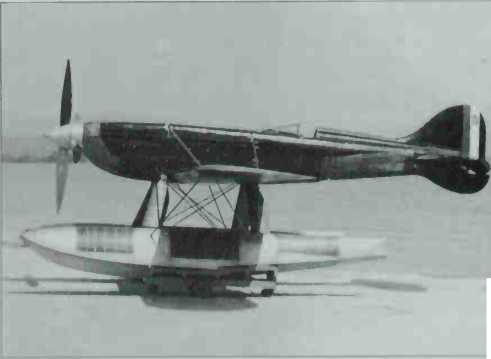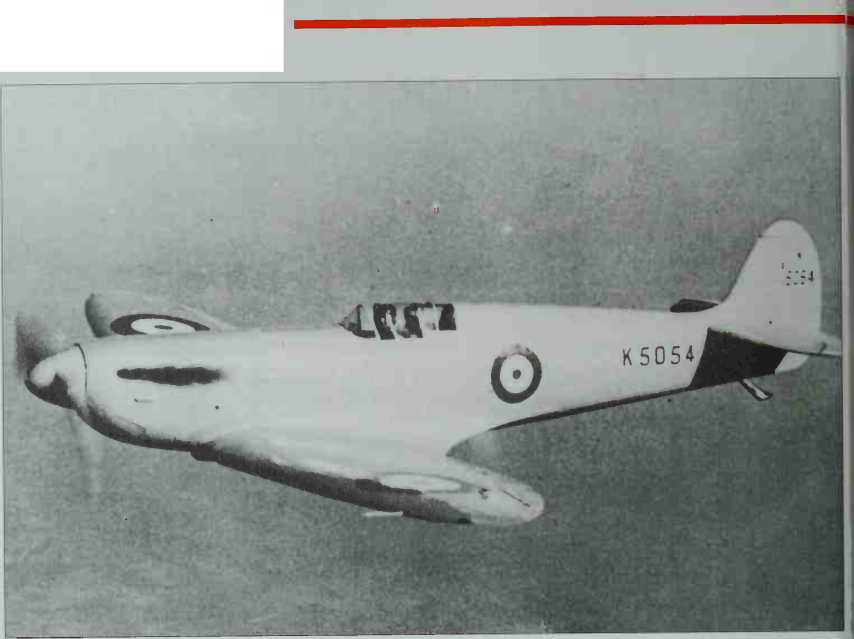Now it was the turn of the US to rise to the challenge. In 1935 the first B-17 Flying Fortress rolled on to the runway, with its ability to travel thousands of miles on one fuel tank. Meanwhile, the Douglas Aircraft Company unveiled the DC-3, with its top range of more than 2,000 miles. Both machines were winners.


Britain was seeing a revolution in air power of its own with the development at Rolls Royce of the PV-12 engine, the Merlin, in 1933. Aircraft manufacturers in 1935 had turned out the Hurricane, a stalwart fighter
In Germany the Luftwaffe was reborn on 26 February 1935 with a total of 1,888 aircraft
Plane which even in those early days was capable of speeds of more than 300 miles per hour. In total, 12,780 were built in Britain and a further 1,451 in Canada.
The 1930s saw the development of radar in Britain, vital for both air and sea forces. After realising that aircraft interfered with radio signals. Sir Robert Watson-Watt of the National Physical Laboratory hit on radio detection and ranging, in which a travelling aircraft reflected a radio pulse and was thus visible on a screen linked to a radio receiver. Radar gave the Allies a vital leg-up during the opening phase of the conflict. Indeed, it took the Germans some time to understand how it was that their bomber and fighter formations so rarely escaped attack during the Battle of Britain. As the war progressed, radar was fitted to planes for use against aircraft carrying out night raids on Britain, providing at last an antidote to blitz bombers.
In Germany the Luftwaffe was reborn on 26 February 1935 with a total of 1,888 aircraft and 20,000 officers and men. Powering the new air force were four companies -
Above; By March 1936 an early version of the Spitfire - which was based on a racing seaplane - was flying, although it was modified before becoming a battle winner.
Daimler-Benz, Junkers, BMW and Siemens-Halske. It was the designers from Daimler-Benz who dispensed with the carburettor and introduced a multi-point fuel-injection system, giving a pilot far greater control during rapid airborne manoeuvres. The rival Rolls Royce engine was prone to cutting out during dives.
The arrival of the Luftwaffe caused consternation in Britain and was enough to spur the Air Ministry into action. New military aerodromes mushroomed on the east coast. Yet still there were crucial delays and hold-ups in the building of planes.




 World History
World History









